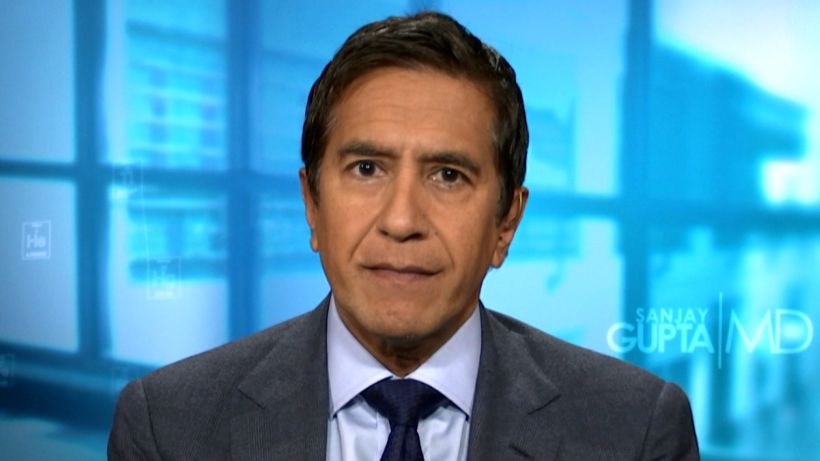Racial and ethnic minority groups had higher rates of hospitalization for Covid-19 and sought emergency department care for Covid-19 more when compared to White people, according to two new studies published Monday in the US Centers for Disease Control and Preventions Morbidity and Mortality Weekly Report.
The reports underscore “the need to address health inequities in our country, including and our vaccination efforts,” CDC Director Dr. Rochelle Walensky said Monday during a White House Covid-19 briefing.
“We must acknowledge the disparities that exist and commit to an equitable distribution of vaccines, particularly to those communities that have been hardest hit by the virus.”
The first study considered data from March to December 2020 found that racial and ethnic minority groups experienced higher proportions of Covid-19-related hospitalizations compared with White patients. In every US region, Hispanic patients represented the highest cumulative proportion of hospitalized patients with Covid-19.
Racial and ethnic disparities in the proportion of hospitalized patients were largest early in the pandemic, from April to July, and became less pronounced as hospitalizations increased among White patients. Declining disparities did not necessarily reflect reduced risk or better outcomes for minorities, but rather, increased risk for White patients, the authors said.
Still, disparities remained at of the end of the study period in all regions, particularly among Hispanics in the West. Researchers said these disparities are driven by higher risk factors for exposure to the coronavirus and a higher risk of severe disease.
The second study found that some racial and ethnic groups, including Hispanic, American Indian or Alaska Native and Black people, received emergency department care for Covid-19 at disproportionately higher rates compared with White patients.
Data from 13 states indicate that, compared with White people, Hispanic and American Indian or Alaska Native persons experienced 1.7 times the rate, and Black persons experienced 1.4 times the rate of emergency department care visits for Covid-19 from October to December 2020.
In every age group, Hispanic patients and American Indiana or Alaska Native patients were more likely to seek emergency department care for Covid-19 than White people. Black people age 74 and older were more likely to seek emergency department care than White people, but no differences were observed for those under 75.
Because the data used in the study came from 13 states, it may not be generalizable across the country. White people also represent a larger percentage of the population in the 13 states, compared with national population distribution.
The authors say that it is important to prioritize prevention resources, management of underlying health conditions, safe school and work conditions, flexible leave policies and enhanced access to and acceptability of Covid-19 testing and vaccination to reach these disproportionately affected groups.
‘We must do better’
Walensky said Monday that the new reports and ongoing surveillance data from states make clear there’s a “critical need and an important opportunity to address health equity as a core element in all of our public health efforts.”
Get CNN Health's weekly newsletter
Sign up here to get The Results Are In with Dr. Sanjay Gupta every Tuesday from the CNN Health team.
“These disparities were not caused by the pandemic, but they were certainly exacerbated,” Walensky said during the White House Covid-19 briefing. “The Covid-19 pandemic and its disproportional impact on communities of color is just the most recent and glaring example of health inequities that threaten the health of our nation.”
Her comment followed her statement last week that racism is a public health epidemic – and assurance that CDC will continue to study the impact of social determinants of health.
She said Monday the CDC is pushing for more vaccinations in hard-hit communities, increasing funding for vaccine access and uptake and community health workers, as well as funding for testing efforts in high-risk, underserved communities. The CDC also recently launched a new Racism and Health website.
So far, Walensky said, Black people make up about 12% of the US population, but just 8.4% of those receiving at least one dose of vaccine; and 18% of the US population identifies as Hispanic or Latino, but they make up only 10.7% of those receiving vaccinations.
“We must do better and we will do better,” Walensky said Monday.

















